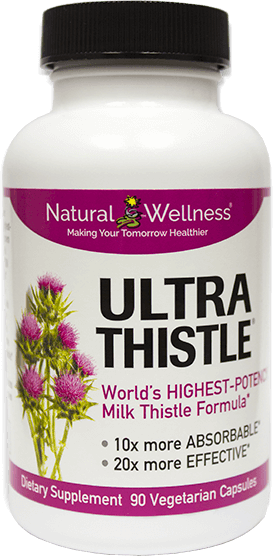Ref20C15 - Effect of Siliphos® on chronic active hepatitis
Comparative pharmacokinetics of silipide and silymarin in rats. Morazzoni P, Montalbetti A, Malandrino S, Pifferi G.
Inverni della Beffa Research and Development Laboratories, Milan, Italy. The plasma level profile and the biliary excretion of silybin, the main flavanolignan component of silymarin, were evaluated in rats after single equimolar oral doses (200 mg/kg, expressed as silybin equivalents) of the silybin-phosphatidylcholine complex silipide (laboratory code IdB 1016) and of silymarin. Silybin was assayed by using a specific HPLC method which allowed also the determination of other flavanolignans present in the biological fluids after administration of silymarin (i.e. silydianin, silycristin and isosilybin). After oral silipide, silybin reached peak plasma levels within 2 h, with a Cmax of 9.0 +/- 3.0 micrograms/ml for unconjugated drug and 93.4 +/- 16.7 micrograms/ml for total (free + unconjugated drug). Maximum total biliary concentrations of silybin (2989 +/- 568 micrograms/ml) were observed within 2 h and the biliary recovery after 24 h accounted for about 13% of the administered amount. After administration of silymarin, unconjugated and total plasma silybin levels as well as biliary excretion were several-fold lower than those observed after treatment with silipide. Silybin recovered over a 24 h period after silymarin intake accounted for about 2% of the administered dose. Plasma and bile obtained after administration of silymarin contained also silydianin, silycristin and, to a greater extent, isosilybin. The concentrations of the latter compound in plasma and in bile were higher than those of silybin itself. The relative bioavailability of silipide (calculated in the target organ as the ratio between AUCs of cumulative biliary excretion curves) was 10-fold higher than that of silymarin.

